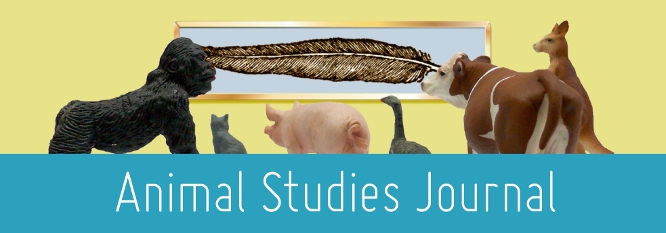Home > assh > ASJ > Vol. 10 (2021) > No. 2

Abstract
Drawing on the continuing work of the Nature in the Dark (NITD) project, an art collaboration and publicity campaign between the Centre for Creative Arts (La Trobe University) and the Victorian National Parks Association (VNPA), this paper aims to explore some of the disciplinary crossovers between art, science and philosophy as encountered by this project and to think about their implications for an environmental ethics more generally. Showcasing animal life from Victoria, Australia, the NITD video series I and II invited international artists to create video works inspired by ecological habitat surveys from the Victorian National Parks land and water. Videos and photographs originally used to identify animals and population sizes are now creatively repurposed and presented to new audiences. NITD negotiate ‘the distribution of the sensible’ (Rancière), as they mark the domain of what is accessible to the public. This paper relates the discussion in the contemporary arts about the politics of aesthetics with the ethical conundrum of how we might care about something that is beyond our reach and we are not yet aware of, given our own perceptual blind spots. Drawing on a conversation between the philosopher Georgina Butterfield and myself as an artist and curator, this paper argues that we cannot justify setting arbitrary limits on our valuing, questioning or understanding of the non-human world, and as such it is a position both the philosopher and artist share. While it may be an ultimately unreachable goal, it is paradoxically an essential starting point for ecological ethics.
Recommended Citation
Brueggemeier, Jan, Nature in the Dark - Public Space for More-than-Human Encounters, Animal Studies Journal, 10(2), 2021, 19-45.Available at:https://ro.uow.edu.au/asj/vol10/iss2/3
Included in
Art and Design Commons, Australian Studies Commons, Creative Writing Commons, Digital Humanities Commons, Education Commons, Feminist, Gender, and Sexuality Studies Commons, Film and Media Studies Commons, Fine Arts Commons, Philosophy Commons, Social and Behavioral Sciences Commons, Theatre and Performance Studies Commons

